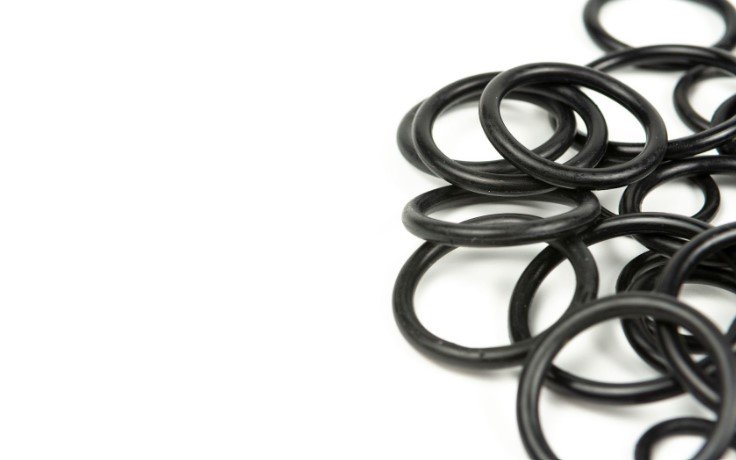Lurking in the labyrinthine world of water infrastructure resides a modest yet formidable champion, the rubber ring. Often eclipsed by more conspicuous elements, these humble heroes are instrumental in distinguishing potable from non-potable water systems, upholding the quality and cleanliness of the precious liquid that graces our homes. This blog post unwraps the under-recognized significance of rubber rings, their influence on water safety, and their indispensable contribution to sustainable water management.
Untangling the Dichotomy: Potable versus Non-Potable Water
Before plunging into the particulars of rubber rings, we must first demystify the contrast between potable and non-potable water. Potable water, deemed fit for human consumption, stands clear of detrimental contaminants and disease-causing microbes. Conversely, non-potable water, because of potential pollutants, fails the benchmark for drinking. This distinguishing factor is not simply a play of words but a cornerstone of safeguarding public health and welfare.
Rubber Rings: The Guardians of Water Systems
These often unsung heroes, usually deployed as seals or gaskets, are paramount for upholding the integrity of plumbing systems that transport both drinkable and undrinkable water. They establish airtight links between pipes and fittings, thwarting mingling of different water types and preserving the purity of assigned pipelines.
Rubber Rings in Potable Water Frameworks
Within potable water systems, rubber rings are compelled to comply with stringent health and safety norms. They are generally crafted from substances like EPDM (ethylene propylene diene monomer), which combat chemicals and abstain from releasing harmful entities into the water. Designed to brave pressure and temperature alterations without sacrificing their sealing traits, these rings ensure the water’s uncontaminated journey from the source to the final consumer.
Rubber Rings Serving Non-Potable Water Systems
Meanwhile, in non-potable water frameworks, such as those harnessed for irrigation, industrial mechanisms, or fire fighting, rubber rings uphold a subtly distinct role. While their construction materials might not have to meet potable water’s rigorous standards, they still necessitate solid sealing to avert leaks and system breakdowns. Here, material selection can lean more towards cost-effectiveness and durability, with due consideration for environmental aspects and certain chemicals present in the non-potable water.
Sustainability and Rubber Rings: A Significant Alliance
Rubber rings transcend their functional responsibilities to play a pivotal role in sustainable water management practices. By facilitating efficient and secure water transportation, they curb water loss and waste—an essential consideration in an epoch increasingly conscious of water scarcity. High-grade rubber rings prolong the lifespan of water systems, curtailing the frequency of maintenance and replacement, thereby reducing environmental impact.
Industry Connotations and Evolution
For engineers and manufacturers, comprehending the subtle variations of rubber ring applications in potable and non-potable mechanisms is intrinsic to designing effective water infrastructure. Progress in the realm of material sciences is birthing more sustainable and enduring rubber compounds, poised to amplify the performance of these significant components.
Despite their relative obscurity, rubber rings are foundational to the security and smooth operation of both potable and non-potable water systems. By warding contamination and guaranteeing reliable water delivery, they shoulder a critical responsibility in protecting public health and promoting sustainable water management practices. For engineers and manufacturers, acknowledging the significance of these small yet mighty components can guide better-informed decisions in water infrastructure design and upkeep, ultimately paving the way towards a more sustainable future.

